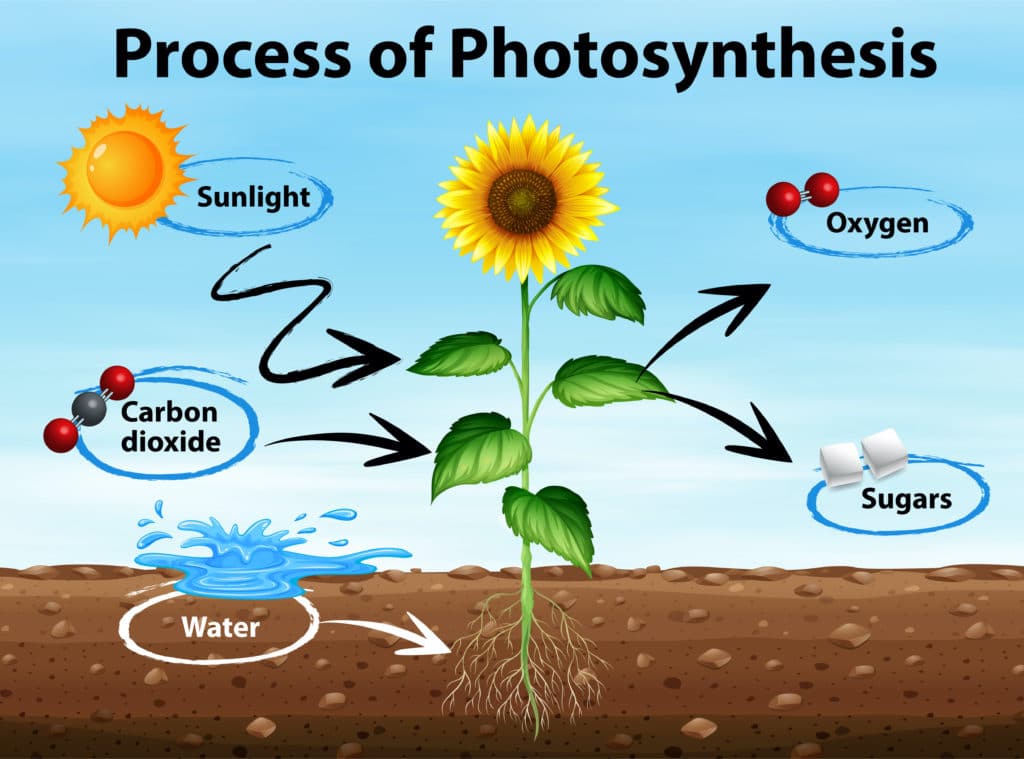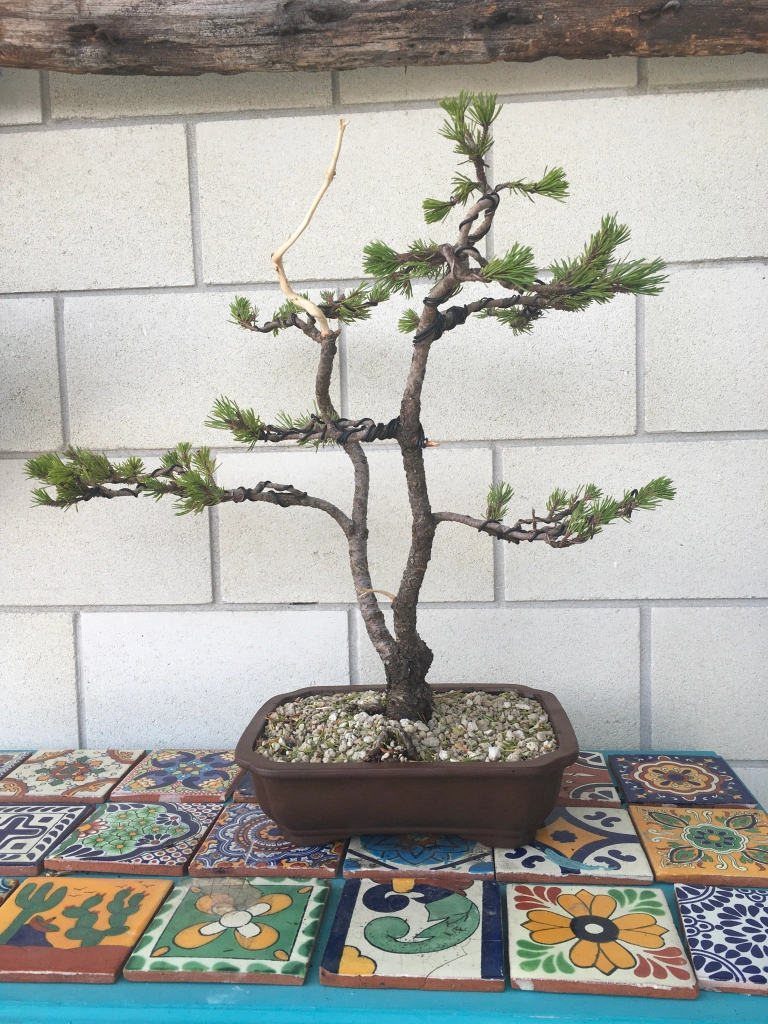We have already looked at Photosynthesis https://bonsaiplace.net/2021/07/17/horticultural-processes-and-bonsai-photosynthesis/ and Transpiration https://bonsaiplace.net/2021/07/18/horticultural-processes-for-bonsai-transpiration/ as two processes that are very important for plants and your Bonsai to stay alive. There is a third such process which is as important as the other two, but because the structures responsible for this one are not that visible, it is not that well known. Respiration is something that is done by all living organisms. It basically comes down to the exchange of gasses that is needed to survive, just like in a human being. We breathe in and out to get Oxygen in and to release Carbon dioxide. Well, plants need to do the same thing as Oxygen is needed for plant cells to survive and they also release Carbon dioxide as a waste product.

Intuitively one would then wonder how Photosynthesis and Respiration is balanced so as to make sure that the plant produces more Oxygen than what it will use itself. Respiration can be classified as either Aerobic Respiration (enough Oxygen around) or Anaerobic Respiration (not enough or no Oxygen present). The latter one is a problem for plants and something the Bonsai grower needs to be very aware of. The best example of this is in Yeasts through the process of Fermentation.
Looking at the diagram below, we can see how the two processes interact. The one’s products become the other process’s raw material (input) and vice versa.
Important points for Bonsai growers:
- Water logged soil do not allow a good flow of air through the soil which means that there is very little to no Oxygen available for root cells to take this gas in. Due to myriads of bacteria living in soil, and some of these can live anaerobically (in the absence of Oxygen), the chances that these bacteria can cause rot and other damage is large. Best to avoid water logged soil.
- Drainage: This aspect is linked to the point above, but important enough to elaborate. Good drainage will promote good airflow through the soil. It is almost like a suction effect in the sense that as water runs through the soil, air will follow and in this way increase the air flow (ventilation) through the soil and the end result is that you have happy roots and happy roots equals happy Bonsai.
- Pots: Bonsai pots can be very small in relation to the root mass of the tree planted in it. That means less soil compared to a plant in a garden and this can also lead to less air in the pot. Training pots especially are important. At Bonsaiplace when we use timber boxes or even plastic containers as training pots, we always drill extra holes, not just underneath for drainage purposes, but also from the sides to increase air flow for respiration.
- Hothouses and covering Bonsai plants or cuttings with plastic. The main reason why we do this is to increase the humidity around the plant. That helps to prevent water loss through transpiration and increases the heat to promote growth. Just keep in mind that through photosynthesis the plant will produce Oxygen that in turn will be taken up for respiration purposes and Carbon dioxide will be produced for Photosynthesis to take place through Respiration. Where the problem comes in is when you do not have leaves on the plant, i.e., cuttings or a deciduous tree. That means no Photosynthesis and although Respiration needs are low, it still takes place. Just allow fresh air to get into the plastic covering at times and this problem will be sorted.

The next blog will look at Secondary Thickening. This is the process through which plants produce wood and bark. Exactly what we want for our Bonsai trees. To make sure that you do not miss this one, please subscribe to our website and like this post. It is all free.
We can also be found on Facebook as Bonsaiplace and on Instagram as BonsaiplaceNZ. Yes, there is also a You Tube channel as Bonsaiplace.

































































































